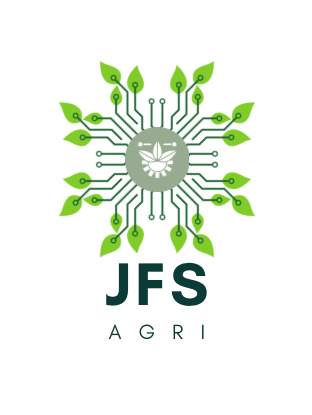Tech Resources
This category is kind of a catch-all for all kinds of 'non-project' stuff, like reference stuff that I find helpful when designing, or a short write up on a general technical topic, like designing with flexural elements or calibrating a displacement sensor...or at least it will be as I populate it :)
- Details
- Category: Tech Resources
All of the below are books that I have on the bookshelf and have enough fondness for to have lugged them around the country a few times over the years. Mostly engineering-related stuff, but also some that are more "business" philosiphy/econ that I really like and have found really interesting in terms of my career outside of 'just engineering'.
Engineering References
Mechanical Engineering
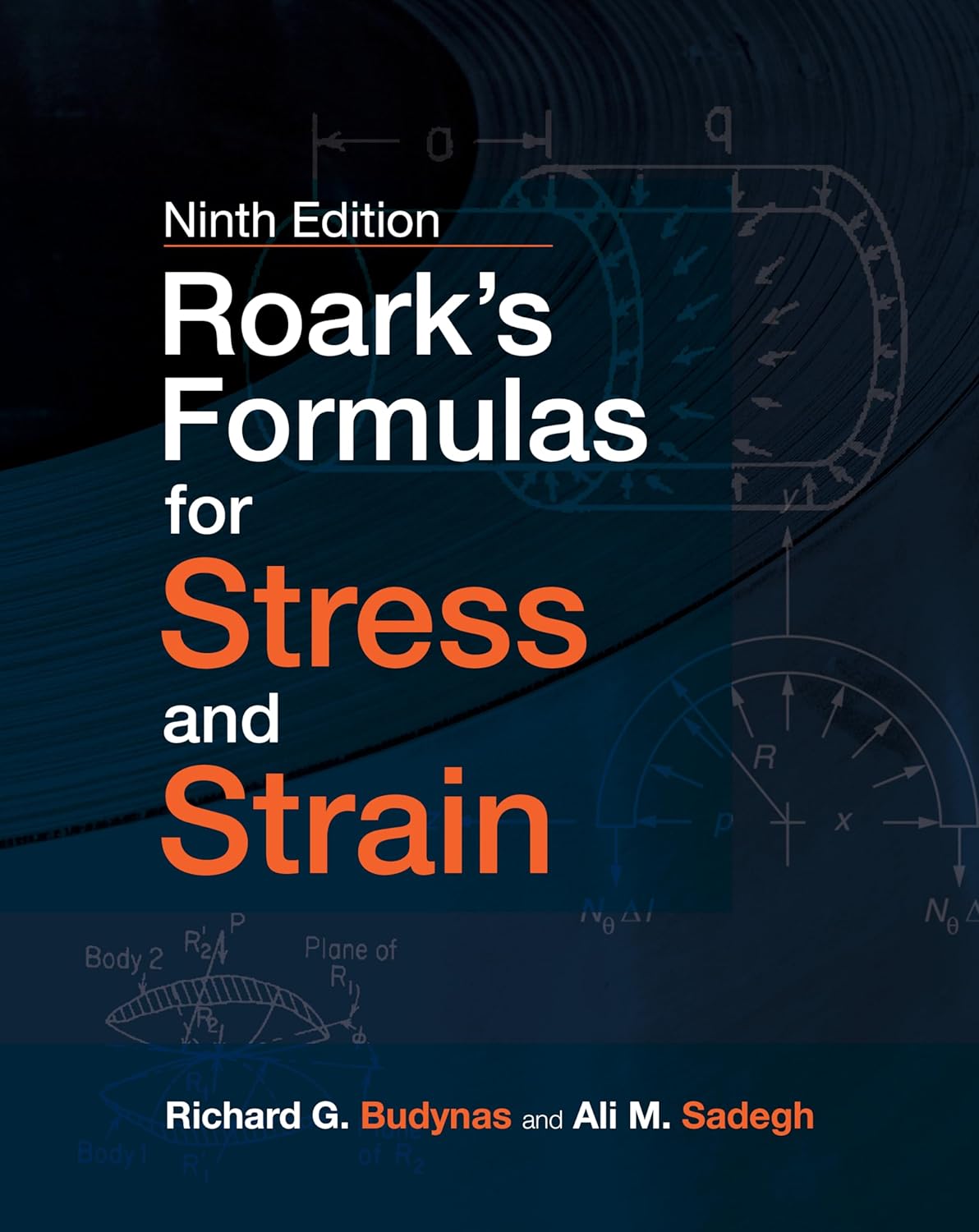
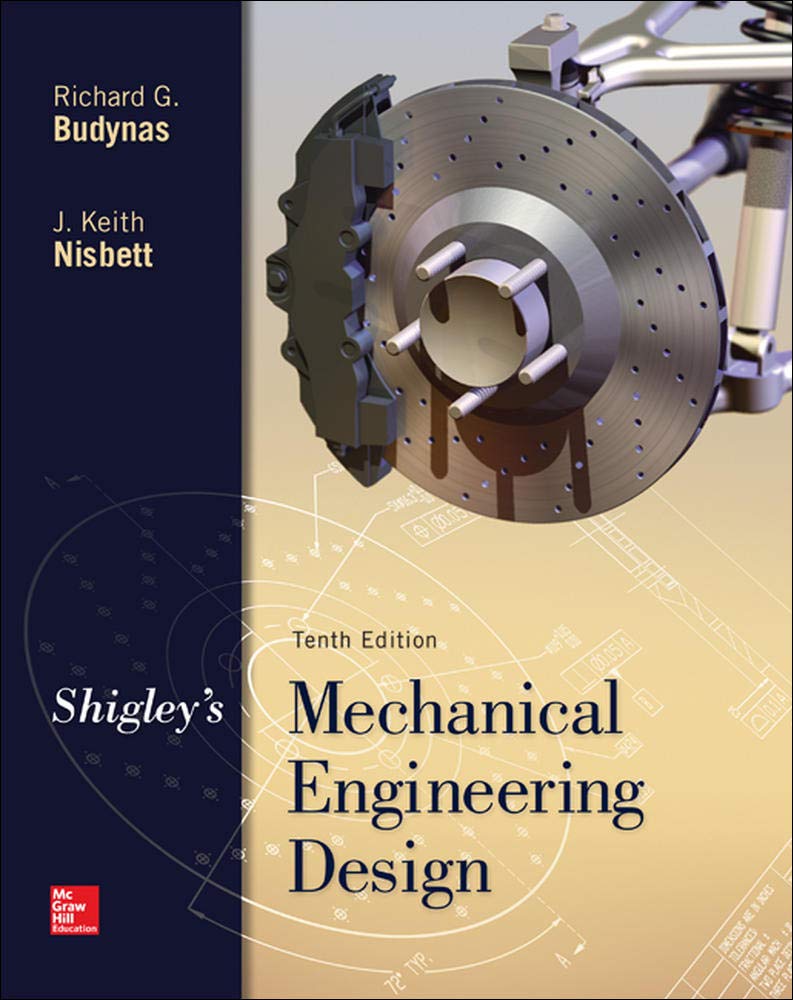
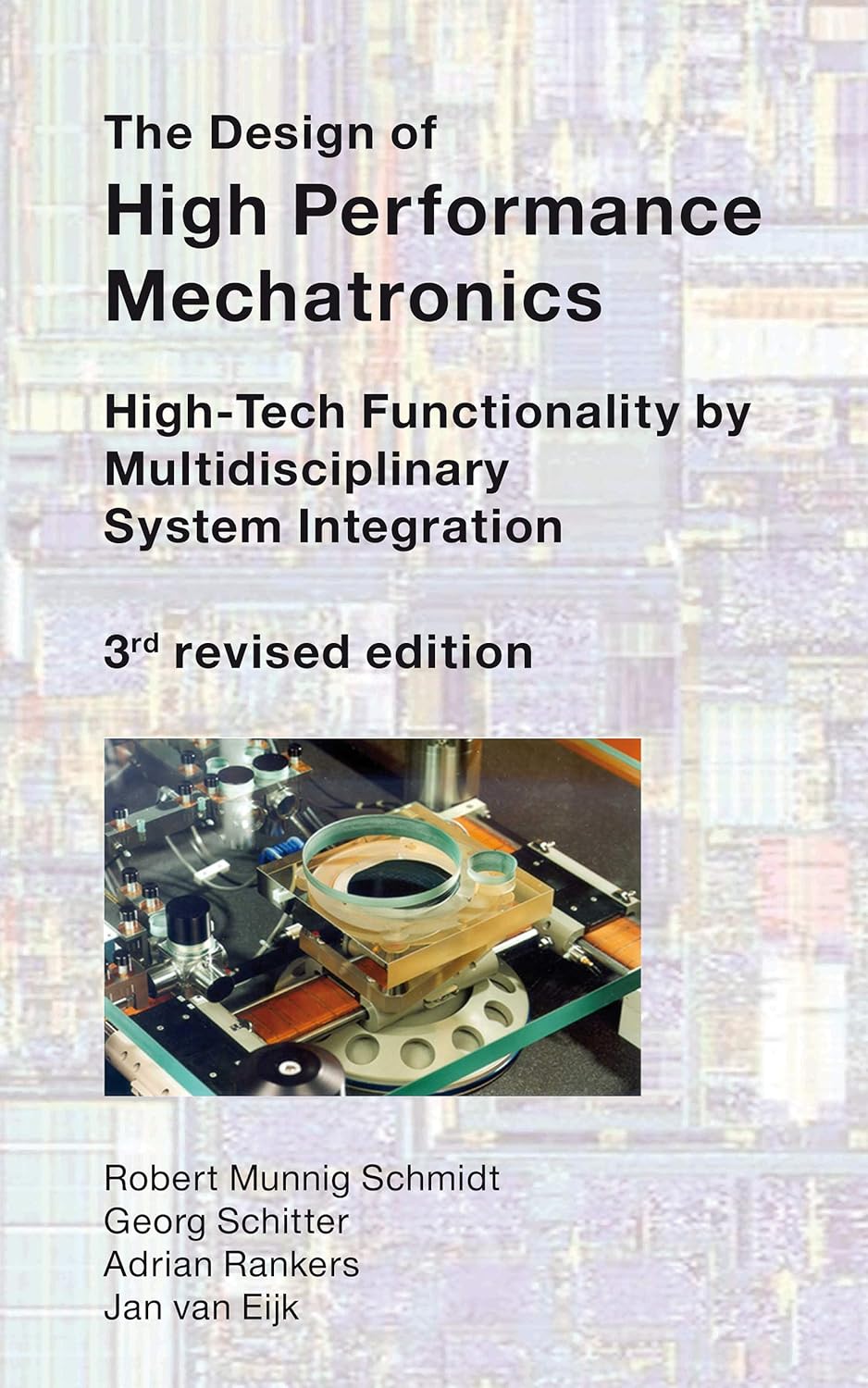
Precision Engineering
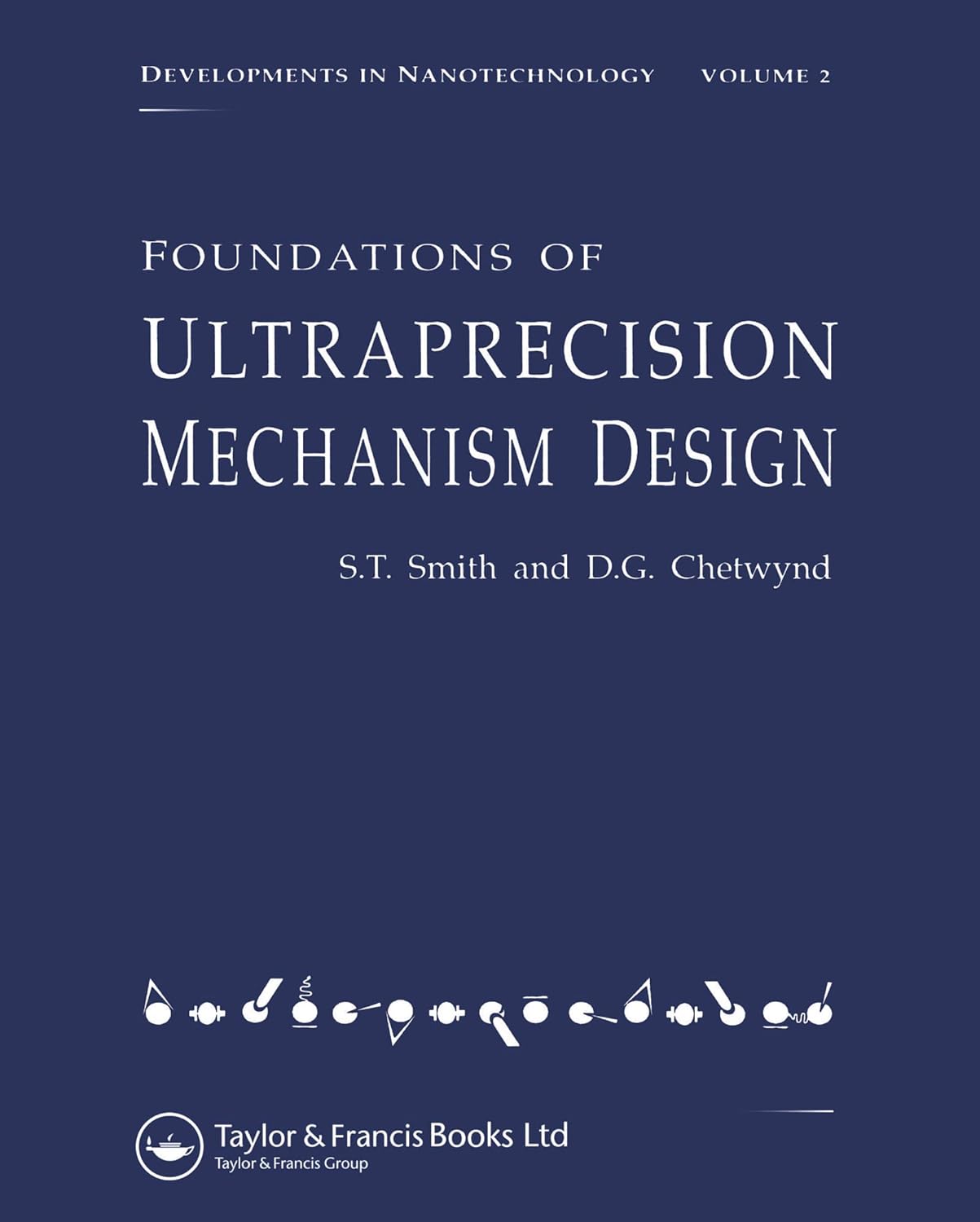
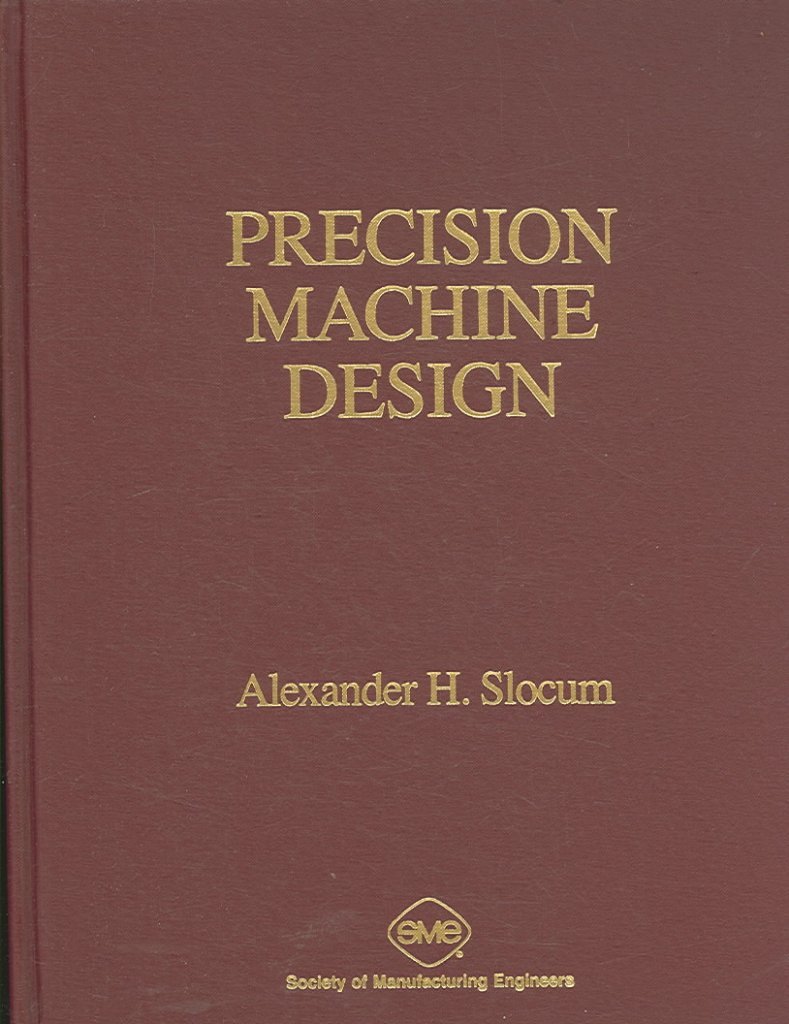
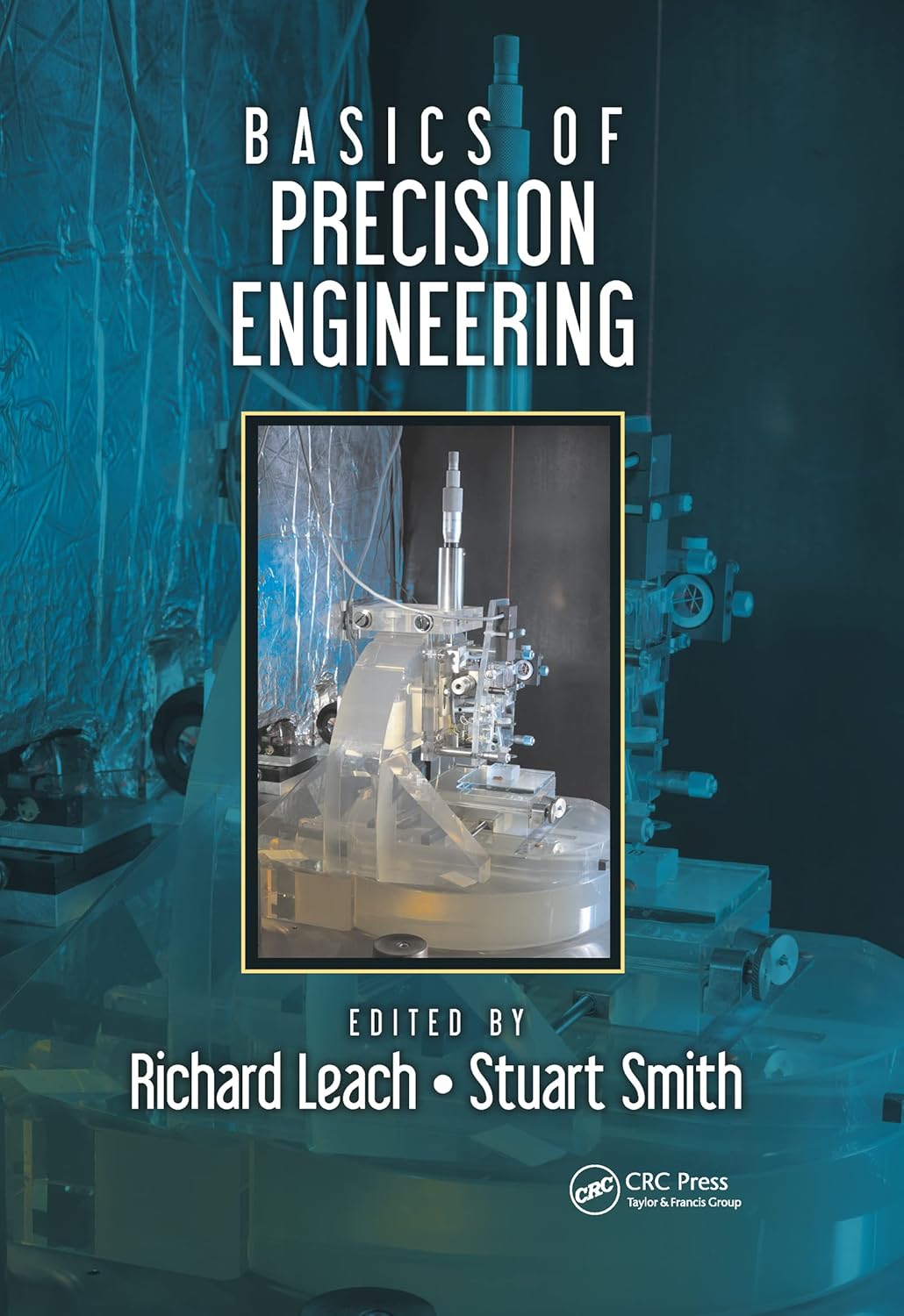
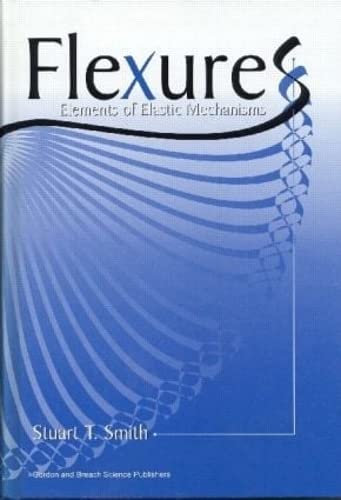
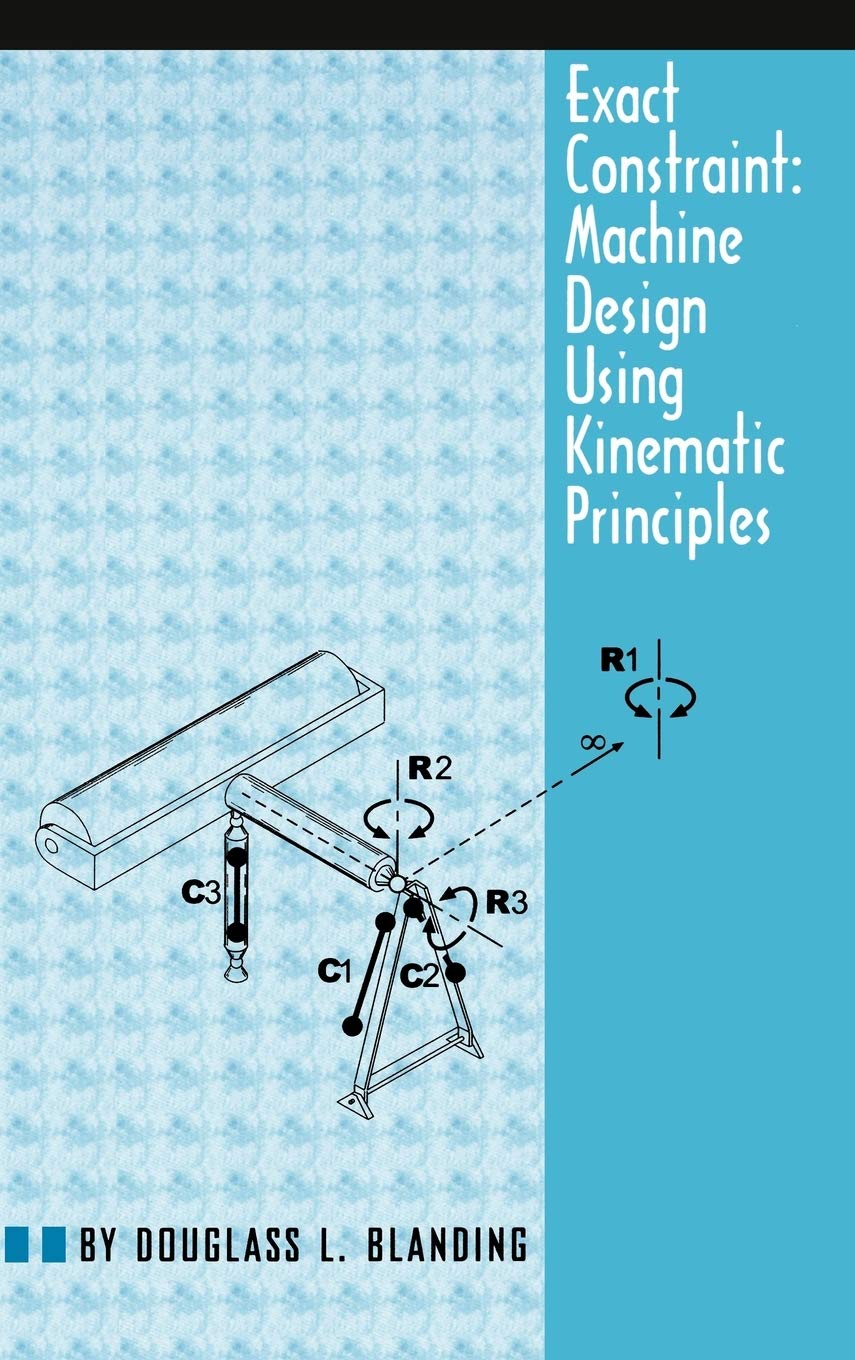
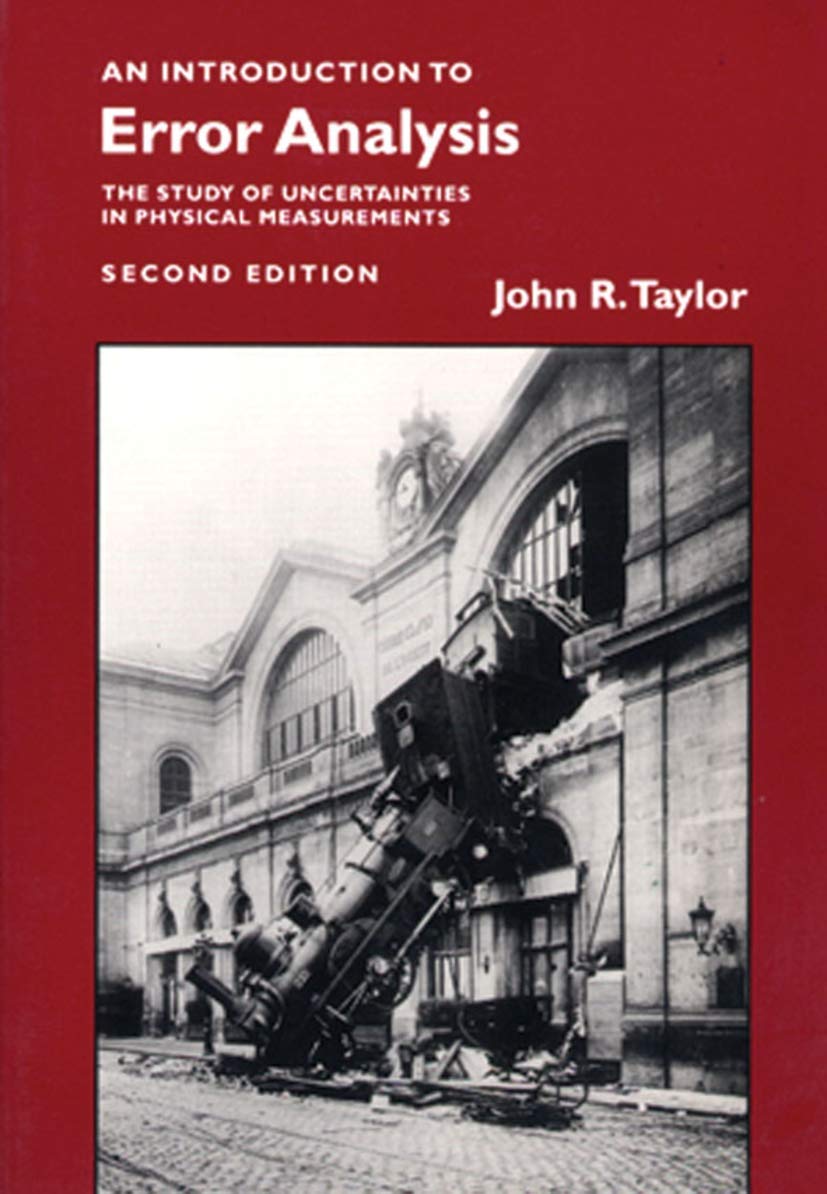
Optics & Opto-Mech
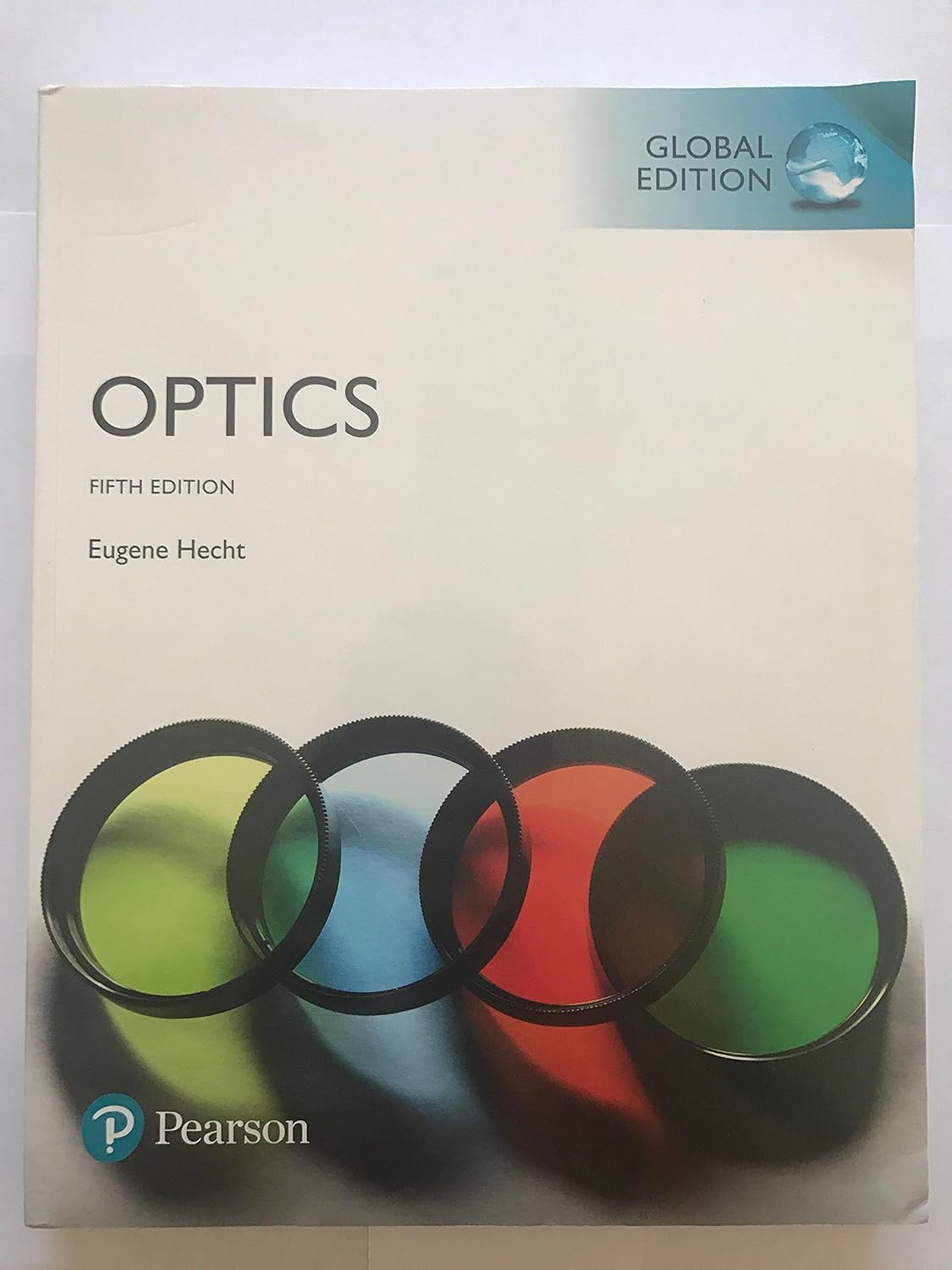
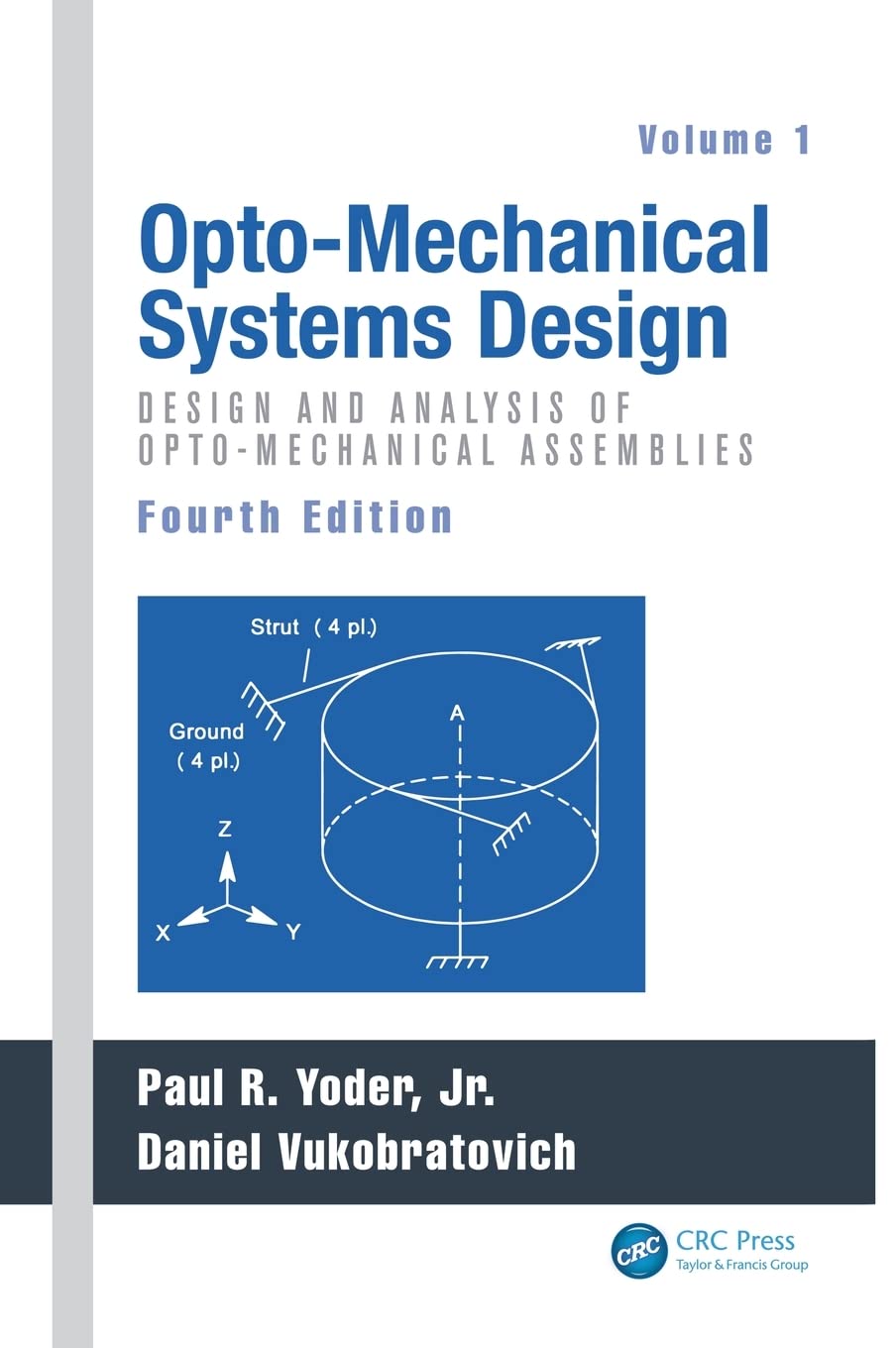
Business/Econ
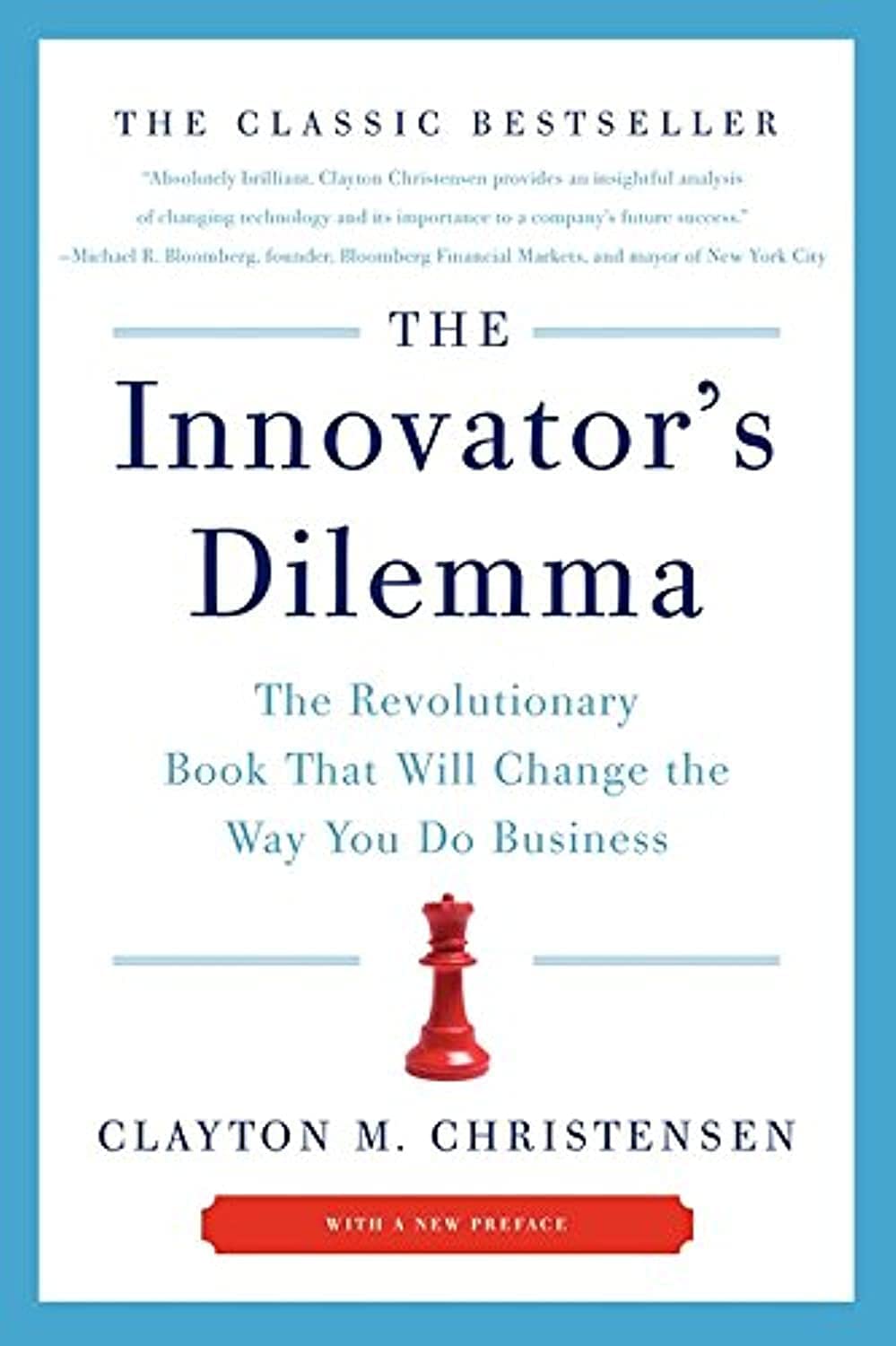
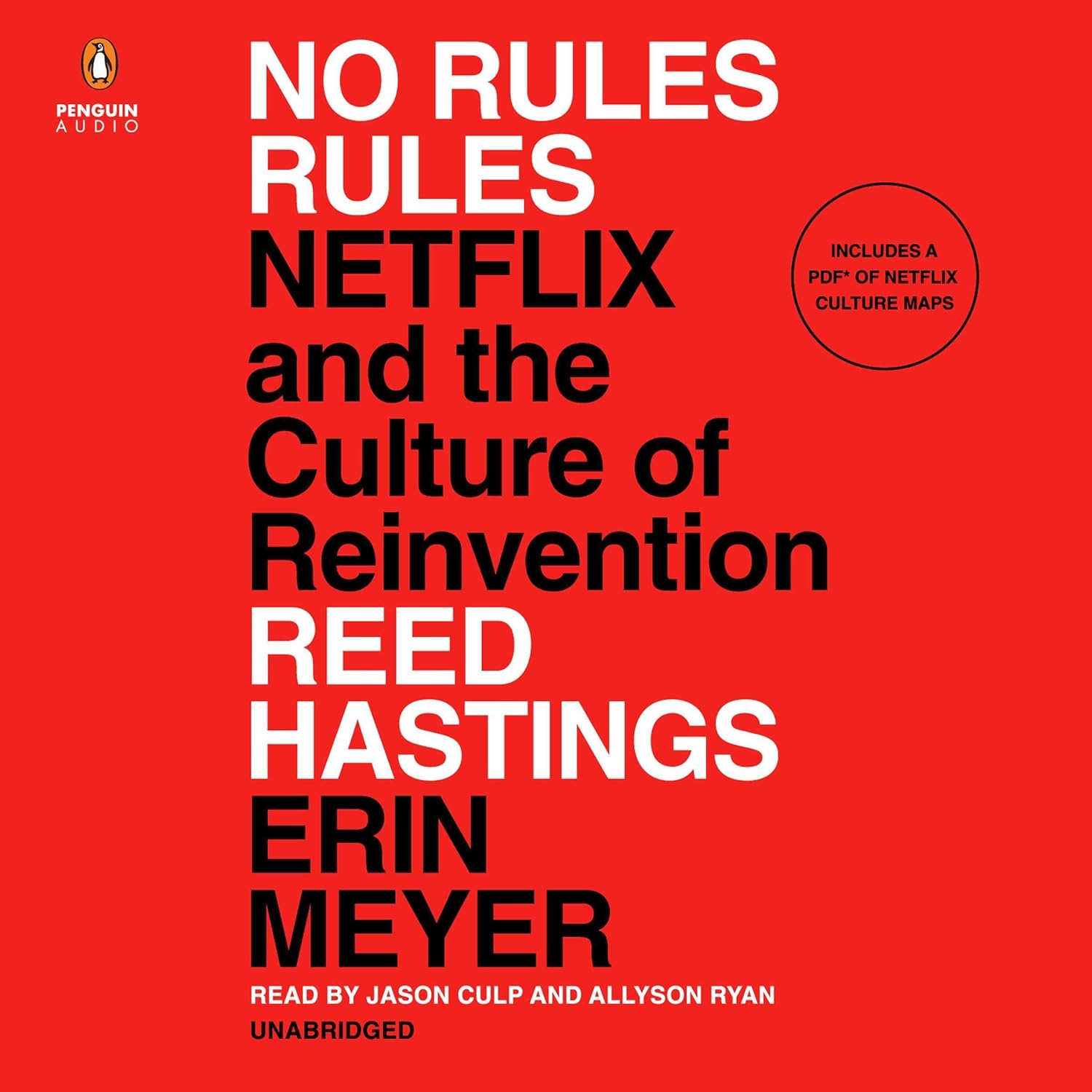
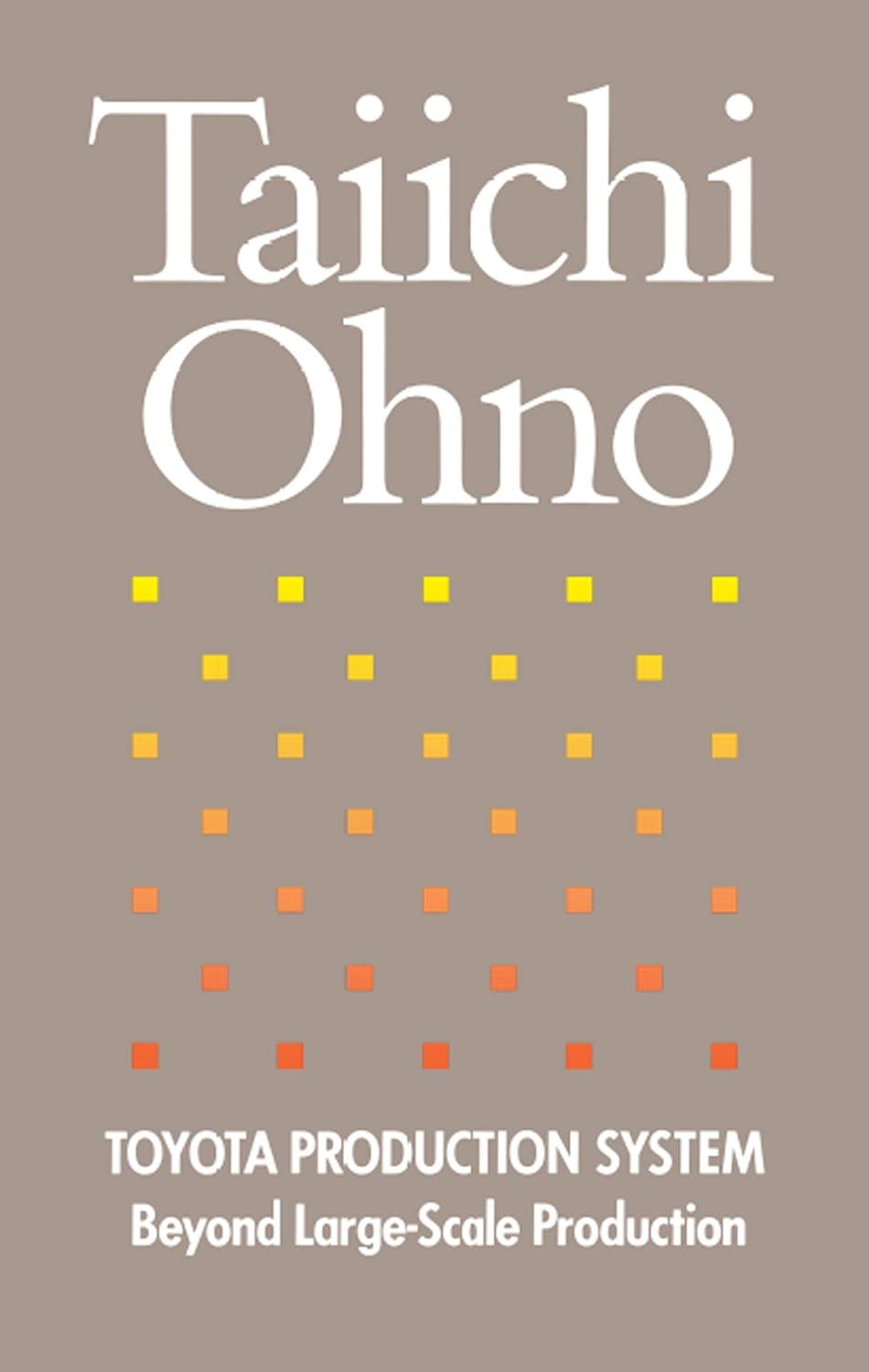
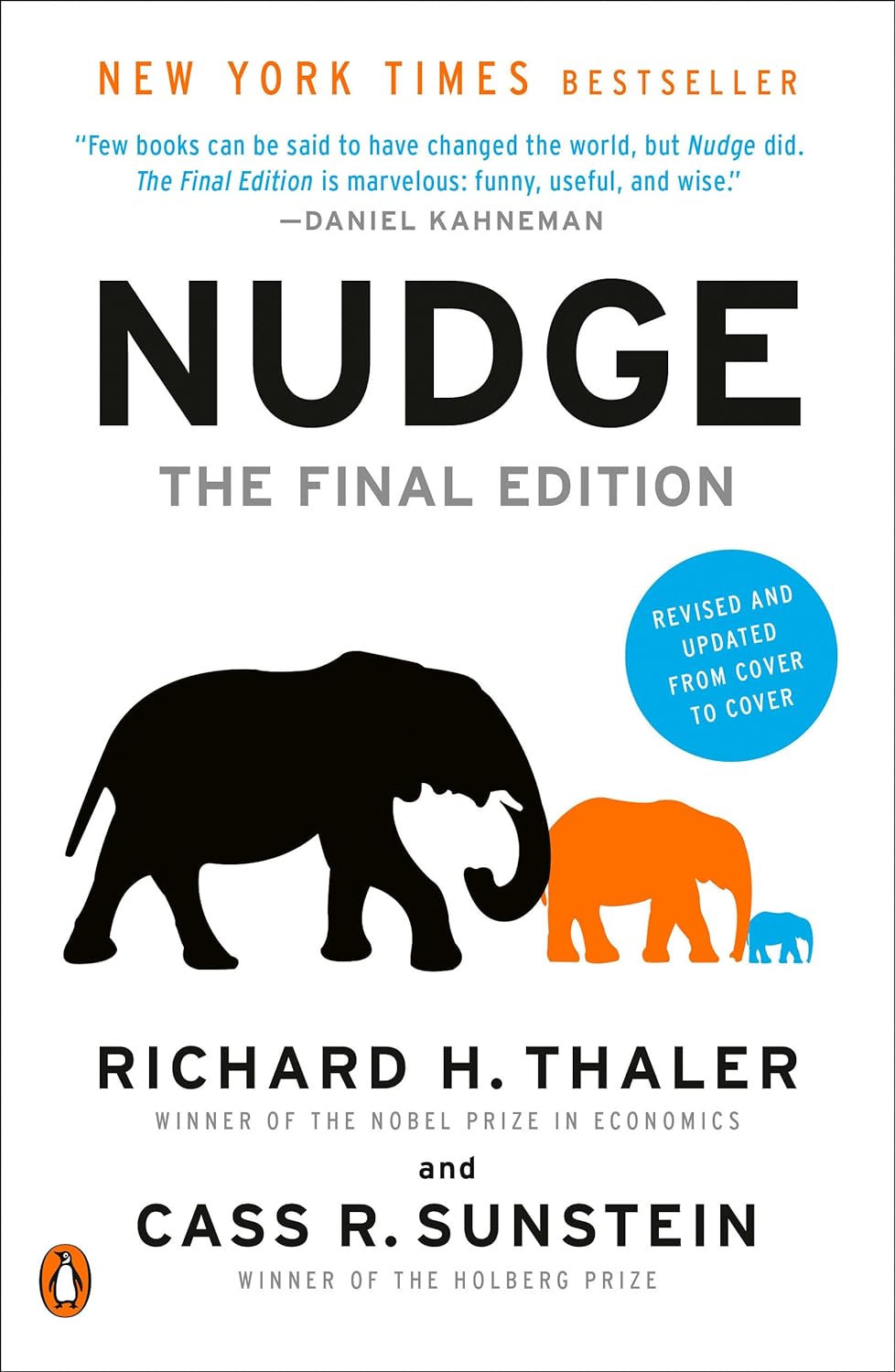
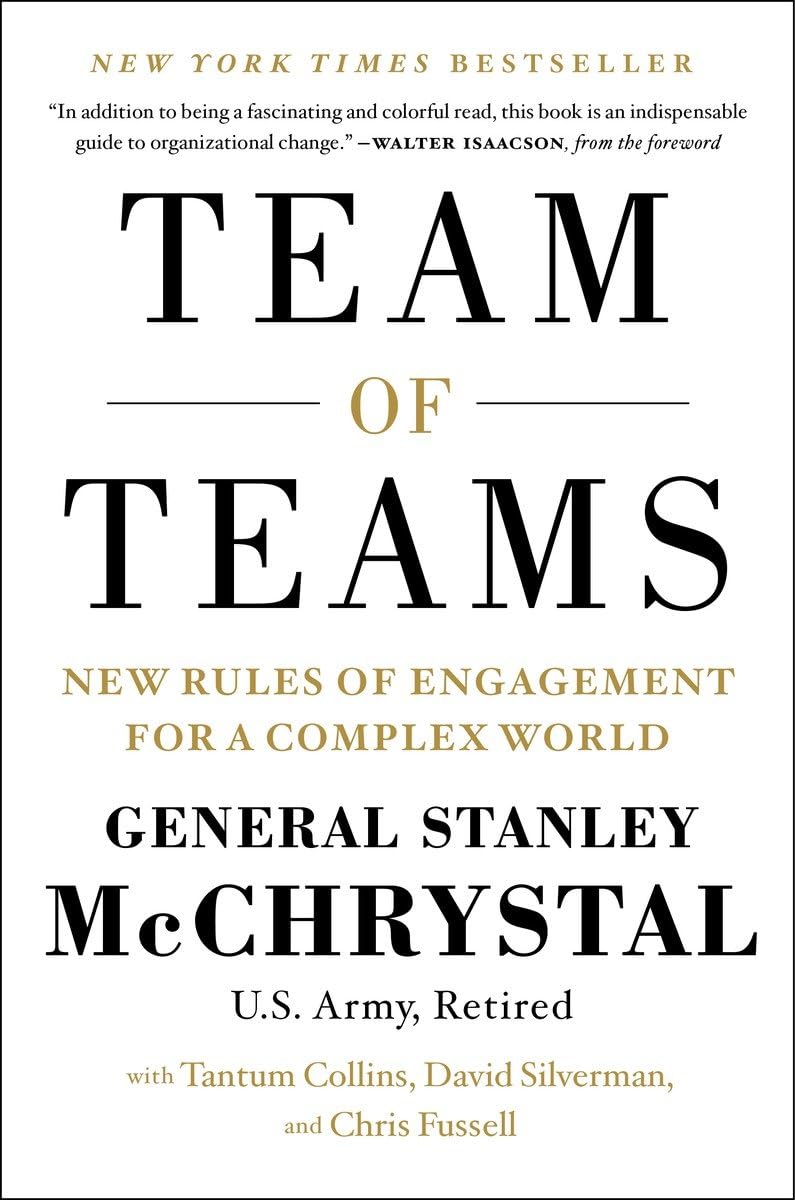
Just plain great reads
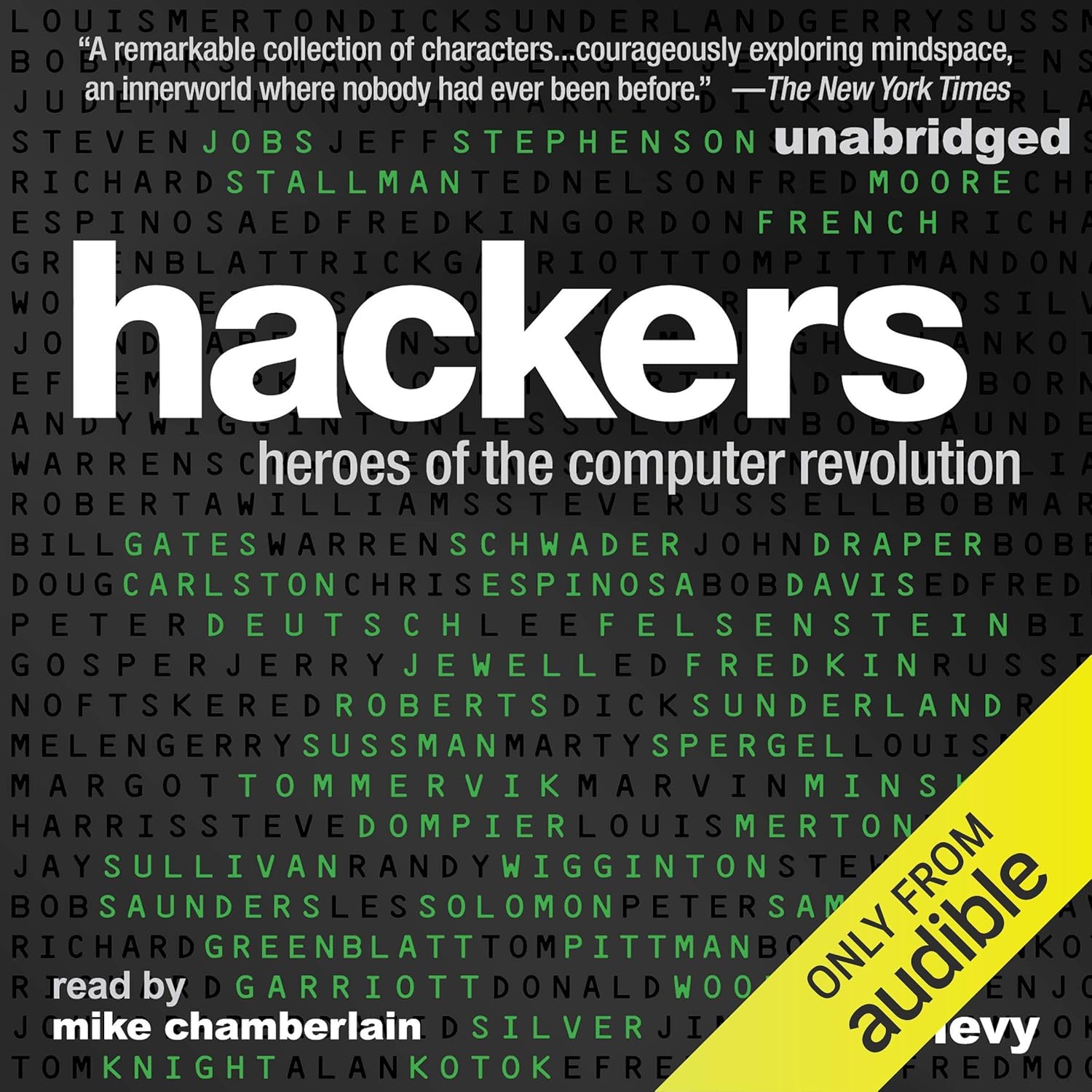
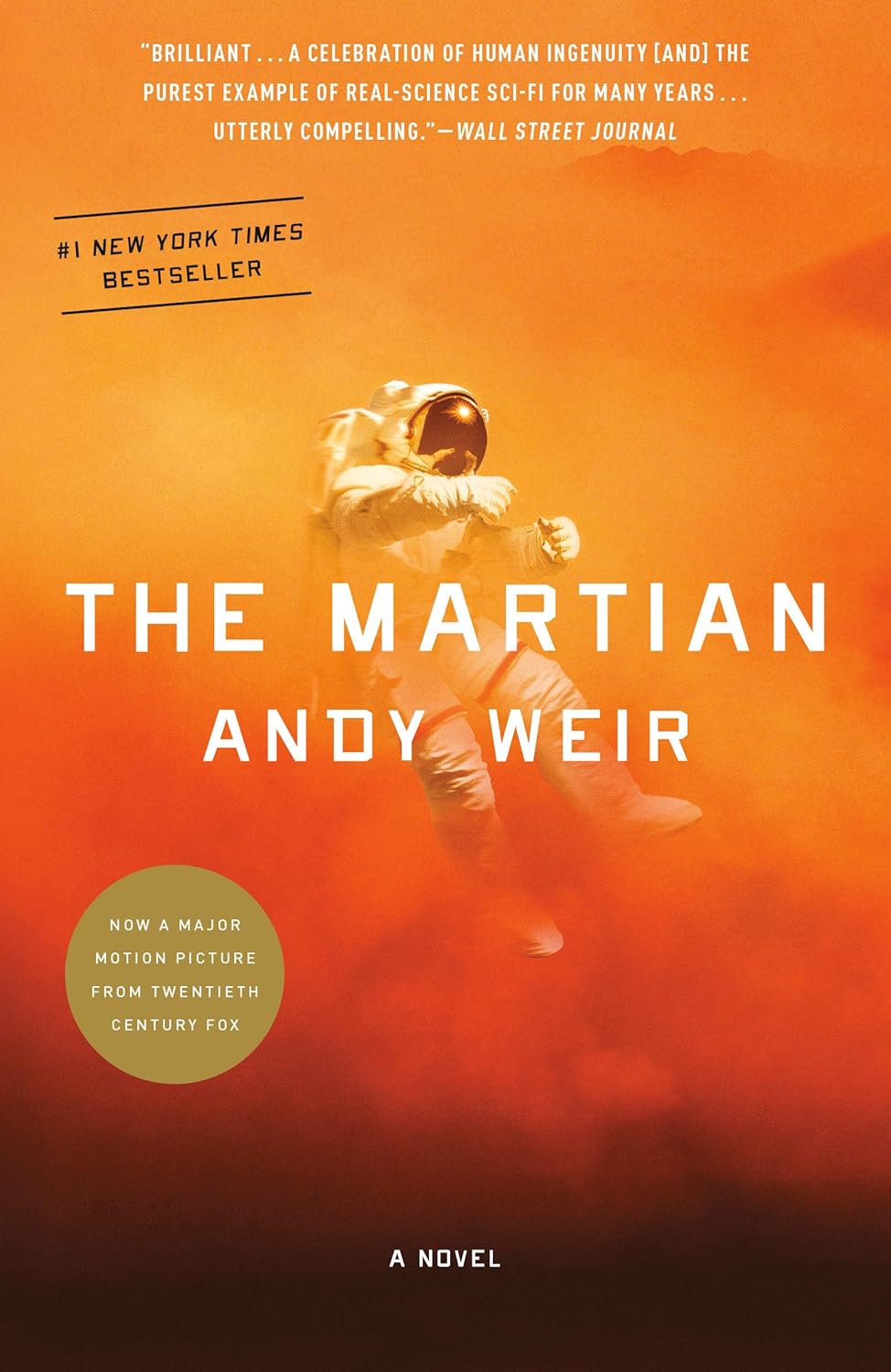
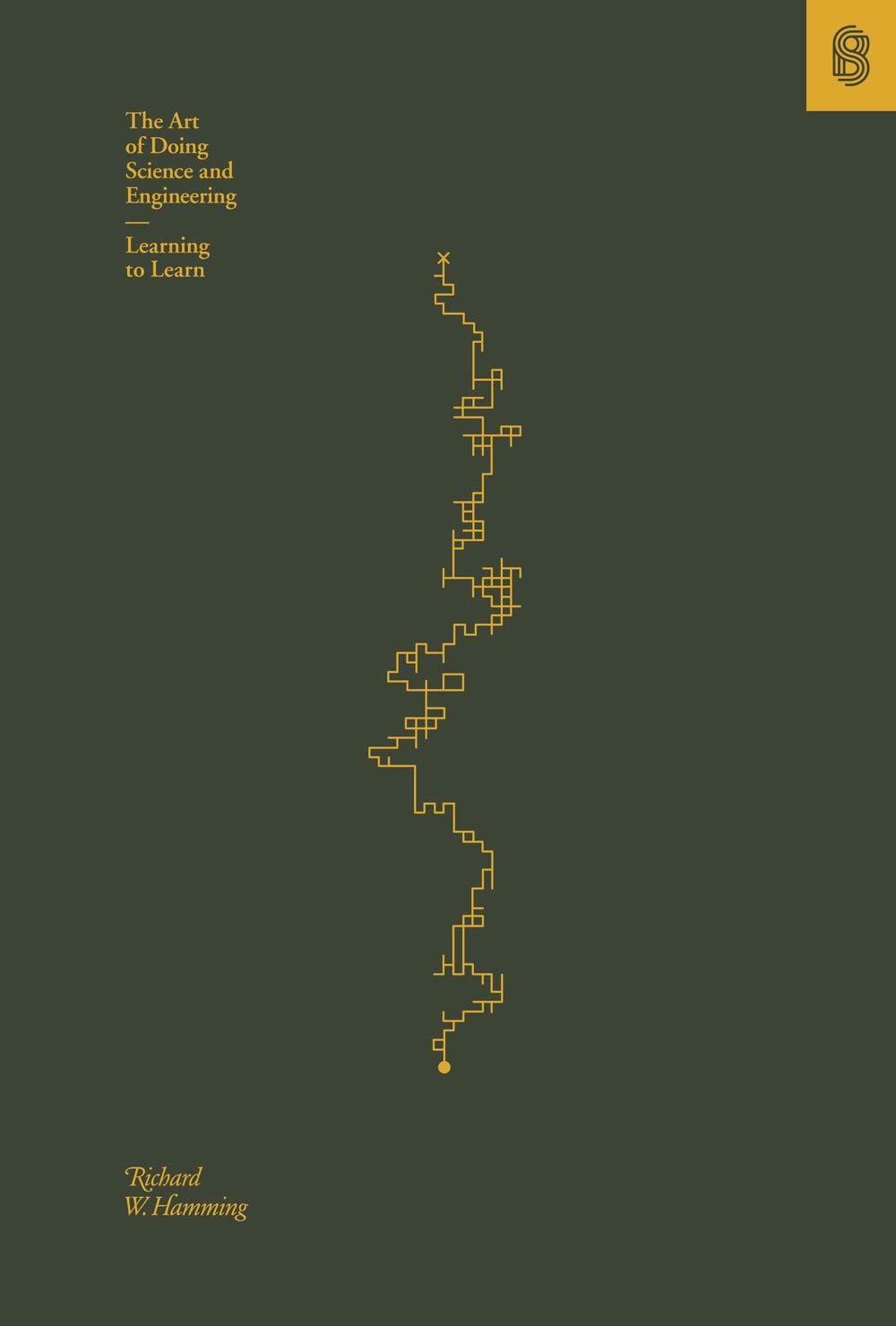
- Details
- Category: Tech Resources
I thought I'd highlight some of my favorite/go to tools. Are those affiliate links? Why yes, yes they are...please help me avoid filament-induced bankruptcy ¯\_(ツ)_/¯
Workholding
Panavise
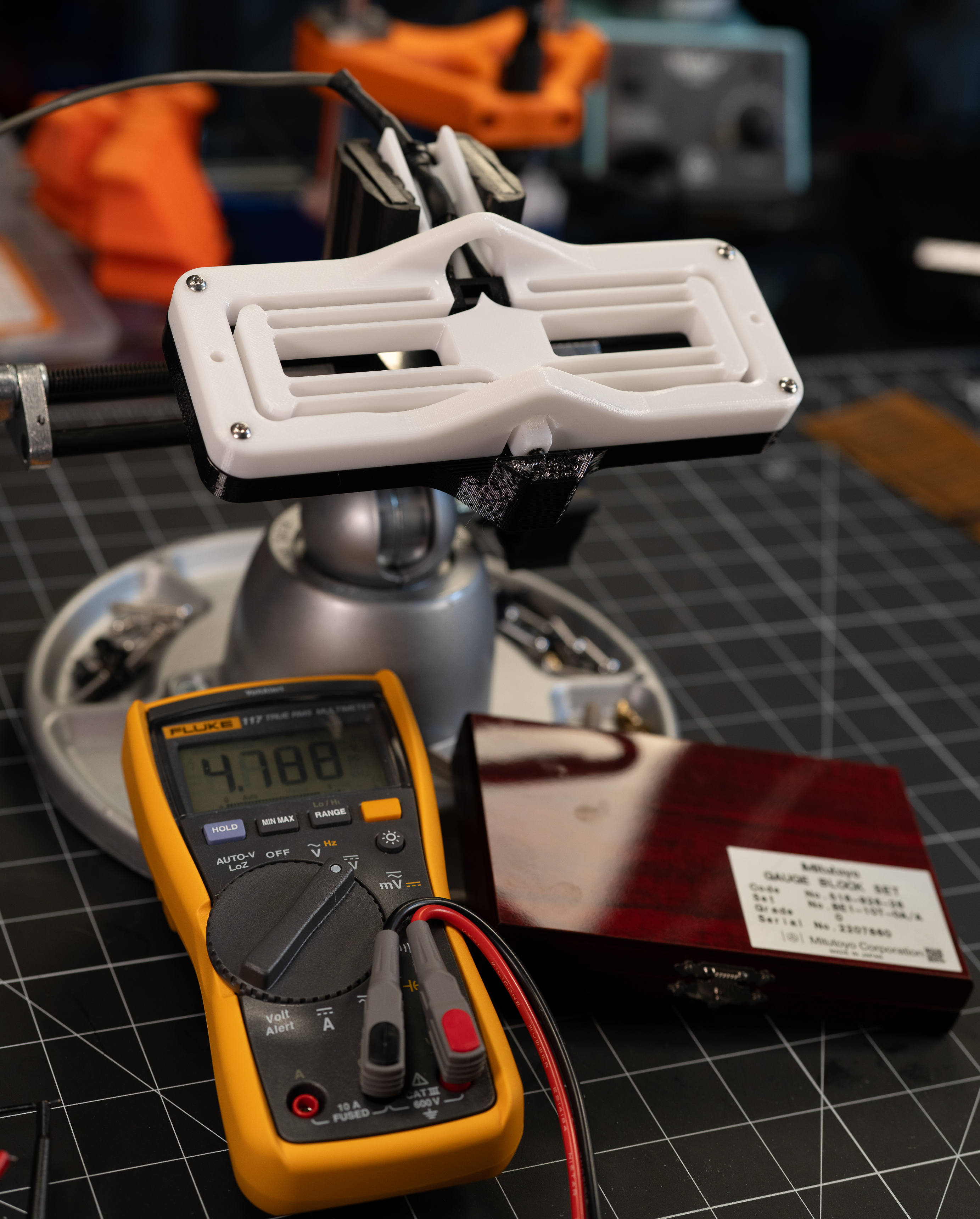

Measurement Tools
Mitutoyo Calipers
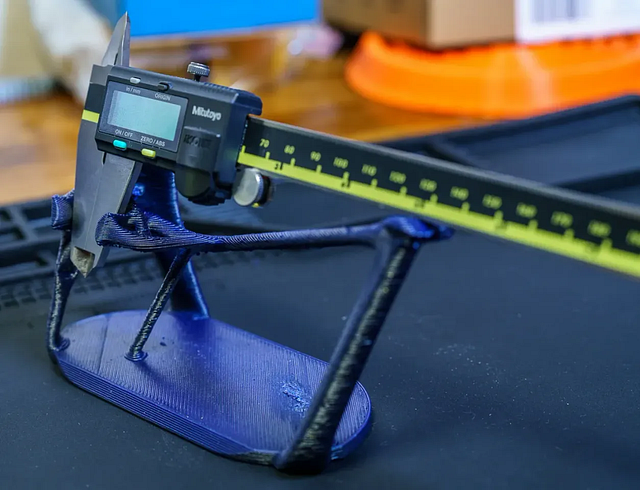
Gauge Blocks (or 'gage' block...ifn ya prefer it)
 |
 |
- Details
- Category: Tech Resources
What can I say, engineers love acronyms...even more they seem to love calling abbreviations acronyms :) I decided if I'm going to use them around the site, and let's face it, I am, I should at least offer a list of definitions of them (and a few extra, just for good measure).
If I've gotten something wrong below, or if there are any missing that you think should be added, let me know in the comments below.
AM - Additive Manufacturing
Back of the envelope - A quick calculation to try to get an order of magnitude level estimate of something. For example, if trying to estimate the resolution of a stepper-driven lead screw on a 3d printer. You could just use a scale (ruler) to get an estimate for the pitch of the screw, finding either the number of threads per a unit distance (Threads per cm, for example) or the distance per thread. Then, by assuming a standard stepper increment of 200 steps per rotation (or you can see if you can find an identifying mark on the motor to find the actual step count), you can estimate the minimum step distance, and therefore motion resolution, as the Distance per Step. Obviously this ignores microstepping, and potentially several other influences, but it gets you an order of magnitude number to start thinking about the feasibility of whatever it was that has some dependence on this step resolution (presumably you wanted to know this value for a reason :) ).
BOM - Bill Of Materials - Full list of stuff in the design
CM - Contract Manufacturer
COTS - Commercial Off-The-Shelf - Stuff ya buy....off the shelf...
CYA - Cover Your Ass
DFM - Design For Manufacture
EBITA - Earnings Before Interest, Taxes, and Amortizations. Not sure why the hell you were looking for this one on here, but hey, you do you.
FDM - Fused Deposition Modeling - A common name for hot plastic extrusion printers like i3s. I think this name was originally tied to Stratasys and their patent (the expiration of which led to the explosion in these printers' popularity.)
FEA - Finite Element Analysis - A simulation/analsys approach that breaks a geometry up into a meshed volume (similar to what happens for an STL file, but meshing the full volume, not just the surface) and then propogates stresses and resulting deflections through the nodes of this mesh. Used as the back end of many/most common mechanical and thermal simulation tools. Getting high fidelity results requires expertise in proper meshing.
FFF - Fused Filament Fabrication - Same as FDM, but was originally put into use as a generic alternative to Stratasys's 'proprietary' FDM.
FNG - F***** New Guy
ID - Inside Diameter, also, I suppose "identification" ...but hopefully that's not coming up in your design work.
IMHO - In My Humble Opinion
LCD - Liquid Crystal Display
mil - A shorthand unit used for...wait for it....thousandths of an inch, when in US machining environments, or frequently for millimeters in other areas where this antiquated usage wasn't prevalent (at least in my experience).
mSLA - Masked Stereolithography - Name given to process used in most consumer-grade resin printers. Instead of the laser being directed around the surface, as in SLA, there is instead an LCD panel between a collimated UV source (or at least I hope it's collimated :) )
OD - Outside Diameter
OEM - Original Equipment Manufacturer - aka 'stock parts'. These are the parts/assemblies that were included in a device from the factory (or that are the same part number as the one from the factory.)
RC - (1) Release Candidate - Usually in software, used to designate a version of development software that is expected to be the version for public release. (2) Remote Controlled - Being controlled, remotely...sorry, I used up all my serious on the first one.
SLA - Stereolithography (I've also heard "Stereolithographic Addition", but that doesn't seem common). A form of resin printing, but using a single laser that is directed across the surface of the build layer in the pattern to be cured....I'm not sure what the hell is supposed to be "Stereo" about it, gotta love them branding folks!
SLM - Selective Laser Melt. Metal additive process, also called "Powder Bed Fusion" and probably a few others.
SLS - Selective Laser Sintering. Powder additive process used for both plastics and metals. Seems to be a go to option for high quality nylon parts. Also used with metals, but is generally considered inferior to SLM for part quality since SLS does not achieve a full melt. As a result SLS is not (to my knowledge) able to achieve near-bulk density final parts, making these parts unsuitable for fatigue-prone applications, for example.
UV - Ultra Violet - Like Violet, but ultra
WIP - Work In Progress
